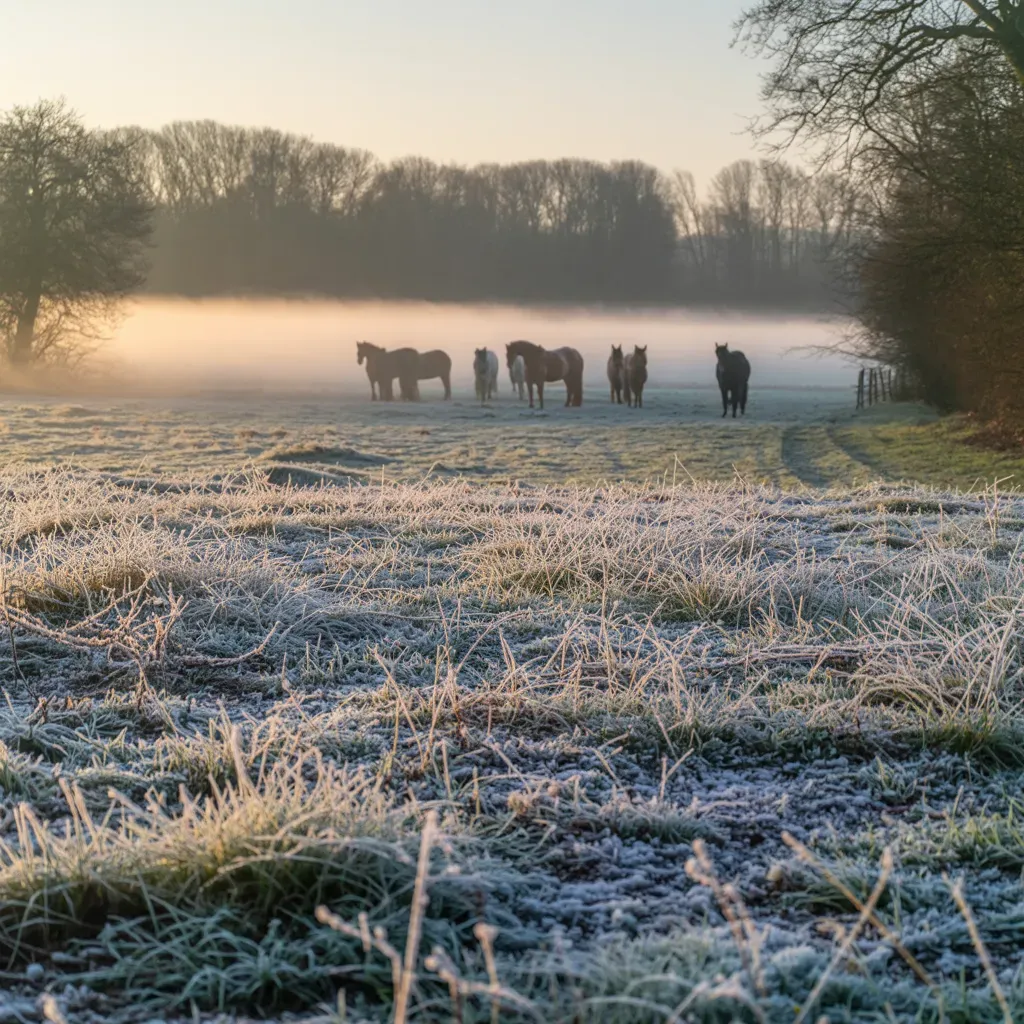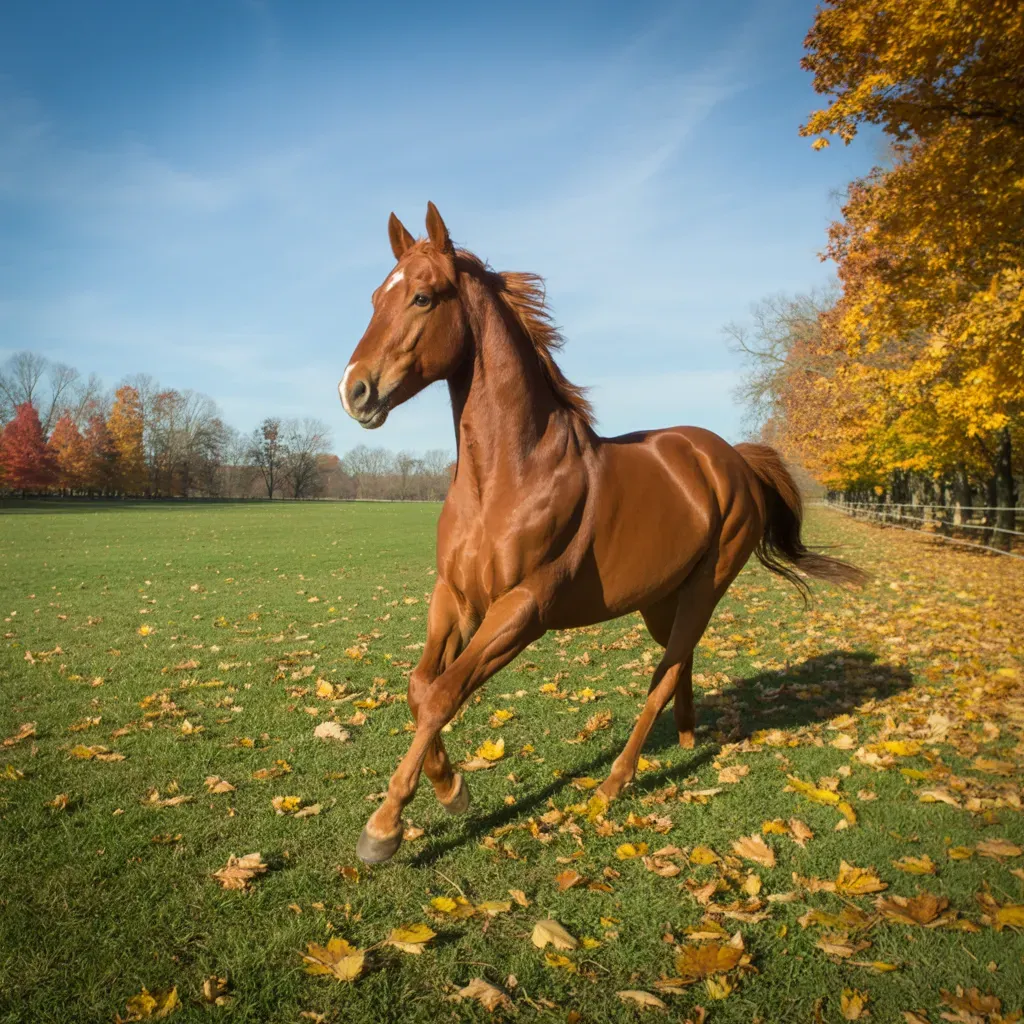B is for Barefoot
(And before anyone groans “Oh noooo, a Barefoot-is-Best plug,” I promise you this isn’t. It’s a Carol-Memory-Moment, and possibly might be how considering barefoot might be the answer to help resolve serious hoof issues if you’re experiencing them).
I was riding out with a lovely teen the other day, one of those ‘pony mad’, very sweet teens, the sort that an old grey mare like me doesn’t mind being around at all. She’s also a very light, sympathetic rider which for a teen is always so refreshing to see.
Anyway, she was riding Chloe, a 14.2 solid native cob who’s currently on rehab after having had a pretty miserable life, and having some gentle retraining before finding her forever home. Me and teen were plodding around the lanes quite happily, me in front on Murf, when suddenly there was an almighty commotion and scuffling from behind me. I looked back to see Chloe scrabbling desperately at the tarmac to right herself, after tripping both front legs to the ground and landing on her knees.
Teen was still sat onboard, albeit pretty much standing on the road as Chloe had hit the ground so low, looking a bit shocked, yet she’d instinctively given Chloe her reins so she could comfortably right herself – that’s how nice this young rider is.
While this moment was very definitely Chloe’s moment, in the blink of an eye it also became my moment, as suddenly the past decade of my horseworld whooshed before me back to the early days of Kelso - he who was responsible for planting the EquiNatural seed - when he was still shod. Why? Because Kelso used to do exactly the same - stumble to his knees mid stride.
I’ve had my horses (bar Murphy) unshod, with hoofboot support when needed, for the last decade. Murf is my Spring/Summer Splat-Hoof boy, and much as I’ve tried to boot him, after all these years I’m yet to find a boot that is either comfortable for him or stays on. So on occasion I’ve shod him for the summer – as the saying goes, ‘Far better a comfortable shod horse than an uncomfortable barefoot horse’ – with the shoes coming off again for winter when his hooves are much sounder and we become fair-weather occasional plodder-outers, if at all.
The thing is, we’ve been barefooting for so long now that I’ve pretty much forgotten why we did it in the first place. If someone now asked me why, I’d probably have to pause for thought before mumbling something along the lines that it’s healthier for hooves, and maybe a bit about it being an ethos I prefer to follow. Until Chloe’s moment last week.
Suddenly there in front of me was the copycat Kelso crash, which I'd all but forgotten. It all flashed back before me; he would regularly trip, stumble, and fall to his knees mid-pace. Stressful and worrisome for him, as well as painful as he would frequently graze his knees, and concerning to me for both his sake and mine as invariably I’d end up down his neck, which was something else for poor Kelso to worry about whilst trying to right himself.
In those early days we just thought Kelso ‘stumbled’. He was also losing shoes on a very regular basis, as in every week. It was a Kelso 'thing'. I was forever calling our farrier to come and reshoe him. Except … as he lost a shoe, he’d lose half his hoof with it, so it was a real challenge for our farrier to reshoe him. Other than my natural concern for Kelso, I hadn’t a clue how to help him – shoeing and crappy hooves was just the norm, wasn’t it? It never occurred to me at the time how crazy it was that horses were the only animal not allowed to walk on their own feet.
As I began to generally sniff around on the internet for what was going on with Kelso, gradually I became aware of underground rumblings on various grapevines about a weird new world, Barefoot. Barefoot? Surely not ... I mean, how could horses walk on roads without shoes??? It was certainly rearing a very ugly head on the H&H forum, being hugely demonized as something close to evil, and anyone brave enough to post that they were thinking about it/doing it, had the life trolled out of them. Yet the word niggled at me, somehow it felt that it was something maybe I should investigate for Kelso.
By a stroke of amazing web-searching luck, I found the UKNHCP forum, a site dedicated to this strange new world of taking horses barefoot, run by Nic Barker of Rockley Farm equine barefoot lameness rehabilitation. And here we are a decade later. The barefoot world, or unshod as some would prefer, is now a major player in the equine world, compared to those earlier days back in 2007 when it was being slammed with accusations of cruelty and other ill-informed attempts to blacken its reputation before it even had the chance to have one.
Back then I think I can fairly safely say that most people weren’t going barefoot because they wanted to; back then most people on the UKNHCP forum were going barefoot as a last-chance-corrall option for their horses. This was certainly the case for me and Kelso as his feet were, quite literally, falling apart.
Amongst the many vertical learning curves from those early barefoot days was the word ‘proprioception’ – this was key in my understanding of what was going on with Kelso. Imagine touching something with your index finger and sensing what that surface feels like. Now imagine that same movement with a glove on. Can’t feel anything? This is proprioception. It’s the body’s ability to sense touch, movement and coordination within joints, and also joint positioning.
Now shut your eyes and think of your arms - you know exactly where they are because you can ‘sense’ them. Proprioception allows us to control our limbs without directly looking at them – it’s important enough for all everyday movements but even more so for complex sport movements, where precise coordination is essential. This sense is so fundamental to our functioning that we take it for granted.
So why is proprioception so important for horses? Well, there are two main factors. A hoof is a living, dynamic, flexible structure which, when in its natural state of meeting ground, it flexes then expands/adjusts accordingly to absorb the surface and any impact. Factor (1) - nail on a metal shoe and this completely restricts this essential function. Imagine squeezing your foot into a wooden clog two sizes too small. Yeowch. Then try walking ...
Now for Factor (2) – a constricted hoof means a constricted circulation of the blood supply to both nourish it and sustain that sense of feeling/proprioception - if you google around, you'll find numerous thermal images available out there to show the difference in temperature between a shod – and unshod – hoof, with the shod being significantly colder below the knee.
So here’s a thing - ever slept with your arm crooked so it goes numb and you can’t feel it? Or when your foot goes numb and you try to step on it and suddenly you’re on the floor? Now remind yourself of the discomfort of what we term ‘pins and needles’ as the blood supply starts to get through again. Now also factor in that the hoof isn’t getting the nutrition minerals/proteins) it needs to maintain a healthy hoof structure, so the hoof capsule/wall integrity starts to weaken and degrade to the point where it’s not strong enough to hold a shoe anymore. This is what was happening with Kelso.
Basically Kelso couldn’t feel his feet. He couldn’t sense where his hooves were, he couldn’t sense surfaces so couldn’t instinctively ready his hoof structure to absorb the impact, so he’d stumble and fall. Then he’d repeatedly lose his shoes as his hooves were in such poor condition. He desperately needed help, and it was only when I started researching the barefoot way that it all started to make sense to me.
I learned how everything that was happening to him was connected, and I now knew what to do about getting his hooves healthy again, which for us was getting the shoes off, and feeding those hooves with nutrients. Since those days, understanding the importance of feed, micronutrients and nutrition has come a long, long way, and with the advent of mineral balancing we now pretty much have all the tools, the research and the knowledge to help keep our horses healthy in every department!
So, to B or not to B? Well, that has to be down to your horse and you, and what the hooves are like. Certainly the science is there that proves that achieving a healthy, flexing, strong, robust unshod hoof, functioning happily on any surface no matter how sharp or stony, is possible, but there is no shame if you don't reach this goal. Out of my lot, Kelso, Cookie and Blas all did brilliantly, but Murf, nah, hence the boots.
There's also the fact that while every horse and hoof can go barefoot (true), not every owner can - for many of us on regular livery yards we can only work within the environment that's there. I'm incredibly lucky to have rock-crunching Cookie whose hooves are like, well, rock, but this is certainly not the case with me and Murphy, so we find the happy medium that works for us both. There's a lot to be said for 'if it ain't broke don't fix it', and if you and your shod horse are fit, well and healthy with no problems, well ... However, if you and your farrier are having to go down the path of heart-bars, wedges and other non-regular shoes, and/or your instinct is starting to question the health of those hooves, maybe have a think about looking at what going barefoot entails, for both your horse and you.
I can also promise you one thing; you'll visit one of the most worrisome, frustrating and hair-pulling minefields you'll ever experience, but come out of it enlightened, educated, open-minded and amazingly empowered at the same time 😊
If you're ever having doubts, or wobbling on the barefoot journey, hop onto the Rockley Farm website or FB page for a quick reassure, where you'll see truly amazing video recoveries from the most serious of lameness issues in a matter of weeks. Where once many of these horses had the vets and farriers give up on them, many have gone on to compete again, some to a higher level than before, with beautiful, healthy, sound barefoot hooves.
Thankfully the world's moved on from those early trolling days. What was once thought of as a dangerous ‘cult’ is now very much an accepted way of equine life as well as a respected natural hoof and lameness therapy. With the right diet and nutrients, and a trained, sympathetic trimmer to help you, unshod hooves can now thrive, and even shod hooves can be so much healthier than the old days, although an annual rest from shoes comes highly recommended to allow the hoof to be a hoof again.
See our main Herbal Nutrition by Condition/Hooves page for the low-down on all-things-hooves.
Originally published Jan'17










